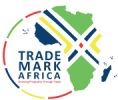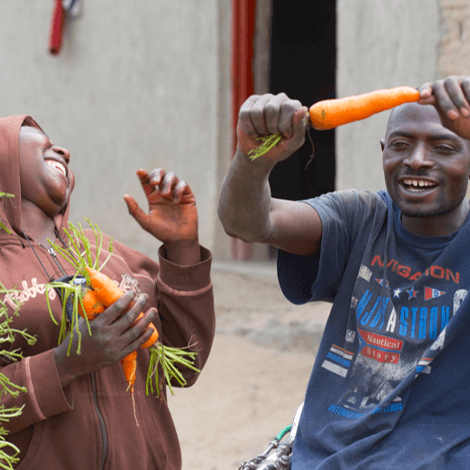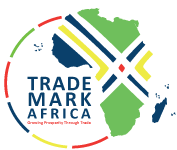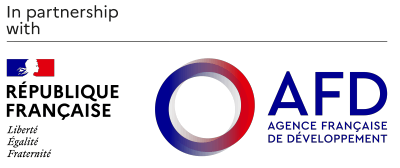The Acting Port Manager, Hebel Mhanga, told the Daily News in an interview yesterday that although it was yet to be enforced, the VAT on transit was scaring away importers as they fear it would increase port charges hence inflating their costs of doing business. “The problem of declining cargo volume is not due to red tape or the fear to make decision by the management. It is due to VAT on transit,” he said. A Kenyan newspaper reported over the weekend that Tanzania business community were ditching Dar es Salaam port for its rivals due to excessive bureaucracy and delays by the port management in making decisions for “fear of annoying the presidency.” The paper quoted the Principal Communication Officer of the Kenya Ports Authority (KPA), Hajj Masemo, as saying the Mombasa port management had noted increased transit volumes to Tanzania. Mr Mhanga, admitted there was a significant business volume decline at the Dar es Salaam port but that was due to VAT on transit. He said it was yet to be applied, the VAT was scaring away cargo importers. He said the situation was serious as the problem of copper exports and transit vehicle volume from Zambia may decline due to VAT threat. He said there were likelihood that copper cargo from Zambia may decline as most of agreements with importers were coming to an end in the near future. “The problem is most of the big importers may not renew their contracts because of the VAT threat....
VAT on transit goods blamed for cargo Dar port woes
Posted on: April 13, 2016
Posted on: April 13, 2016















